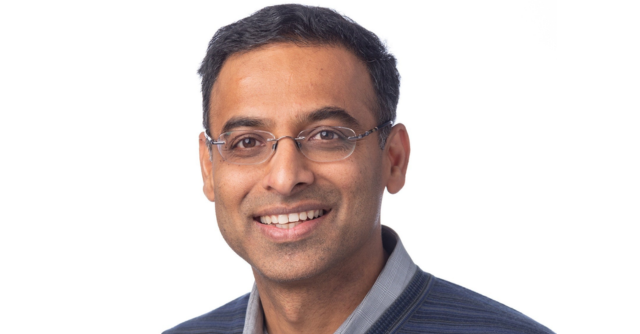
Less is More: Revolutionise Your Security with Platformisation


Technology, communications, and the workforce have evolved drastically over recent decades. When I started my career, CISOs primarily focused on securing their campuses and data centres with physical firewalls to inspect incoming and outgoing traffic. As applications virtualised, software firewalls emerged, and with growing cloud adoption, cloud-based firewalls became standard. The rise of the hybrid workforce introduced a demand for SASE (Secure Access Service Edge) solutions. With evolving threats, an array of point products—such as data loss prevention, cloud access security brokers, domain name system protocol and malware protection—were introduced to pick up protection where firewalls left off. Over the years, organizations have cobbled together various network security tools to fortify their defences.
The result? Chaos.
In India, the scenario is even more complex. The average Indian organization struggles with an array of security tools and operational challenges of integrating and managing these diverse solutions. According to one of the findings from Palo Alto Networks, a typical organization uses approximately 32 security tools. This fragmentation can lead to blindspots and operational inefficiencies. The ongoing cybersecurity talent shortage exacerbates the situation, making it challenging to avoid increasingly sophisticated attacks. Responding to basic incidents becomes a monumental task, as alerts and logs must be manually correlated across various tools. The result is a fragmented and often ineffective response to multistage attacks.
As cyberattacks become more rapid and intense, attackers are increasingly leveraging black market hacks-as-a-service and advanced AI models to craft more effective attacks and identify vulnerabilities more precisely. Today’s sophisticated threats target multiple surfaces simultaneously, exposing the limitations of using various cybersecurity point products. These disparate solutions might notify you of a problem but often fall short in providing remediation, akin to a plumber who only points out a leak without addressing or locating it. For instance, the 2024 Unit 42 Attack Surface Threat Report indicates that organizations are exposed to an average of over 300 new services monthly, contributing to nearly 32% of new high or critical cloud exposures. This situation highlights the growing urgency to address these challenges, both in India and globally.

The issue is further compounded by the rapid pace of technological advancements. AI-powered attacks are becoming more prevalent, with attackers utilizing AI to craft sophisticated threats.
Furthermore, Indian enterprises are also struggling with the complexities of cloud security. As per the 2024 Cloud-Native Security Report, India ranks second globally in AI adoption, with 58% of Indian organizations using AI for code optimization. However, the same report highlights that 43% of security professionals foresee AI-powered threats bypassing traditional detection methods, underscoring the need for advanced security solutions.
To get the best security results, it's better to use a unified system instead of separate tools. A platform that integrates all security functions helps organizations see the full picture and respond to threats more effectively. By integrating various security capabilities into a unified platform, organizations can streamline operations, enhance visibility, and improve response times. This approach helps reduce the complexity of managing multiple-point products and enables a more coherent and effective security strategy.

Key Benefits of Platformisation include reduced costs by consolidating tools and provides better, more consistent security outcomes through integrated solutions; unified management allows for consistent policy enforcement and streamlined security operations. Platformisation seamlessly unites multiple products and services into a single architecture; integration of data from various sources offers a holistic view of the security landscape, improving threat detection and response; AI models benefit from diverse datasets, enhancing their ability to detect and respond to sophisticated threats and AI models trained on comprehensive data can identify anomalies and advanced threats across multiple domains.
By adopting platformisation and leveraging AI-driven tools, businesses can streamline their security operations, enhance visibility across cloud environments, and address vulnerabilities more effectively. In today’s rapidly evolving digital landscape, integrating cloud and on-premise security into a cohesive platform is essential for Indian organizations to stay resilient and agile against future cyberattacks.

Anand Oswal
Anand Oswal is Senior Vice President and General Manager of Network Security at Palo Alto Networks.
